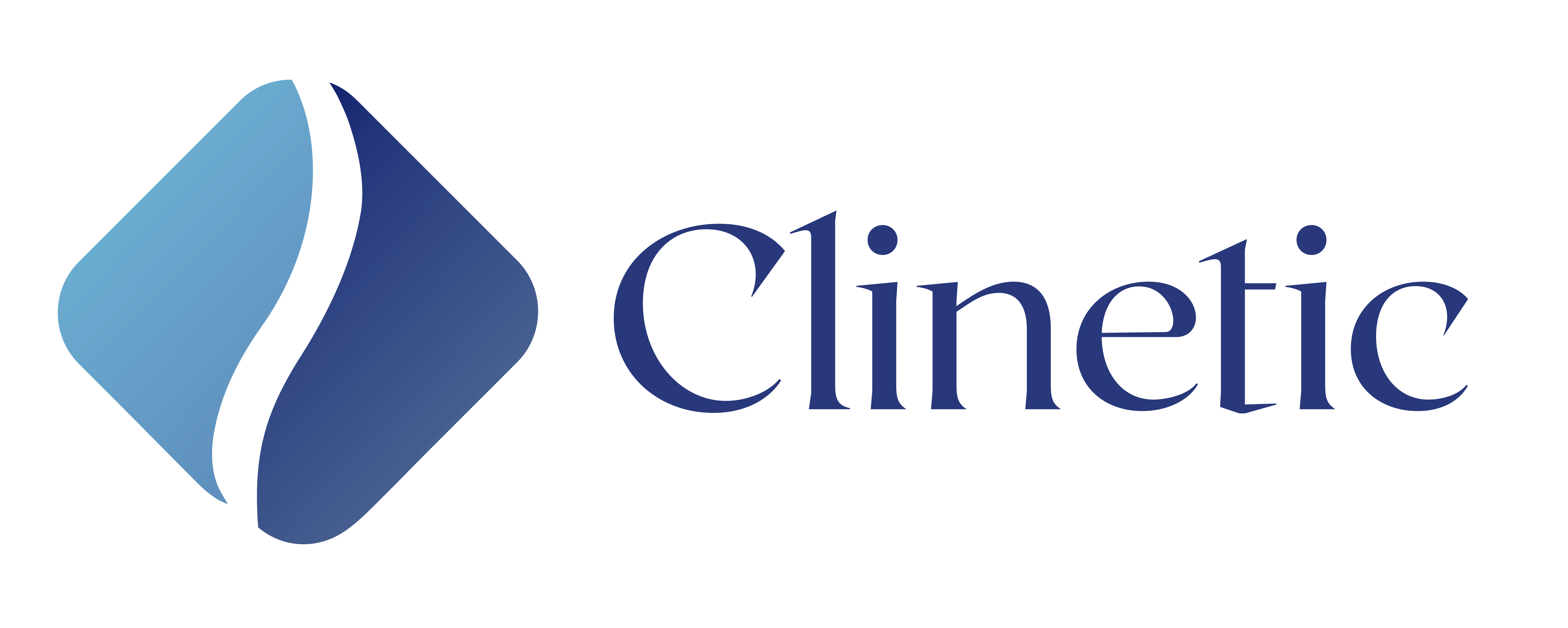Osteoporosis
What is Osteoporosis?
Osteoporosis is a disease that develops due to increased bone fragility and fracturing due to elevated brittleness of the bone. 55% of Americans over the age of fifty have been diagnosed with this condition, but it may develop at any age. Osteoporosis has two categories: primary and secondary osteoporosis. Primary osteoporosis is more common and is not connected to other diseases or conditions. Secondary osteoporosis occurs as a side effect of medication, a different disease or condition, or exposure to radiation.
What does Osteoporosis feel like?
Symptoms associated with Osteoporosis:
- Bone fractures
- Back pain
- Episodic
- Acute low thoracic/high lumbar pain
- Compression fracture of the spine
- Kyphosis
- Dowager’s hump
- Decrease in height
- Early satiety
- Decreased activity tolerance
Diseases/Conditions that may induce Osteoporosis:
- Eating disorders
- Cancer
- Cancer treatment
- Rheumatic diseases
- Osteogenesis imperfecta
- Chronic renal failure
- Cushing’s Disease
- Chronic pulmonary disease
- Hypothyroidism
- Gastrointestinal disease
- Hepatic disease
- Type 2 Diabetes Mellitus
How is Osteoporosis diagnosed?
Generally, osteoporosis is diagnosed by physicians using a bone density test. The World Health Organization (WHO) states that a normal bone density score is -1.0 or higher, -1.0 to -2.5 for osteopenia, and -2.5 or lower for patients with osteoporosis. The risk of fractures or breakage increases as the bone density decreases. The Fracture Risk Assessment Tool (FRAX) is more accurately used to determine a 10-year fracture probability, since many factors play into an individual patient’s bone quality.
Category | Bone mineral density score (T-Score) |
Normal | -1.0 |
Osteopenia | -1.0 to -2.5 |
Osteoporosis | -2.5 or less |
Severe osteoporosis | -2.5 or less with 1 or more fragility fractures |
How can Osteoporosis be managed?
Treatments for Osteoporosis:
- Weight-bearing exercises to elevate the loading on tall bones and calcium uptake
- Flexibility and balance exercises to strengthen physical abilities and functions, posture, and minimize the risk of accidents
- Strengthening exercises to improve muscle stability and increase the traction of bones
- Postural exercises such as chin tucks to reduce the risk of changes in the vertebrae position.
- Core stability exercises to provide the patient with a better foundation and strengthen the lower back and hip muscles.
- Dietary management to support bone growth and solidification since the ability to absorb calcium is reduced with age. A diet with increased amounts of calcium-rich foods ensures that the bones receive the amount of required calcium to stay healthy and strong. Milk, cheese, almonds, yogurt, broccoli, and soybeans are all examples of calcium-rich foods. Patients with osteoporosis are not suggested to have high amounts of protein in their diet as the kidneys flush out calcium alongside excess protein. Supplements such as vitamin D and fish oil may be suggested to treat osteoporosis.
- Clinical yoga and pilates with a qualified instructor
- Testosterone treatment

